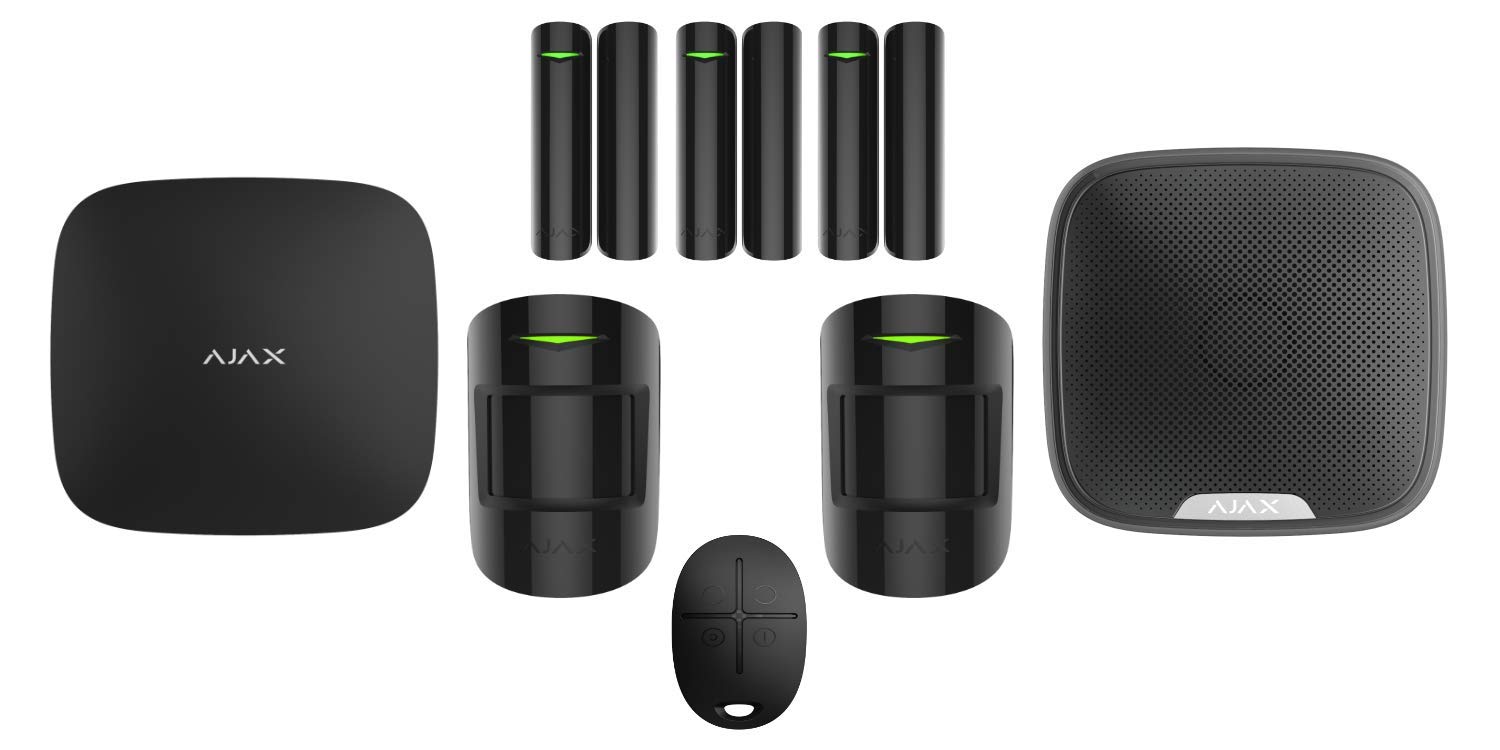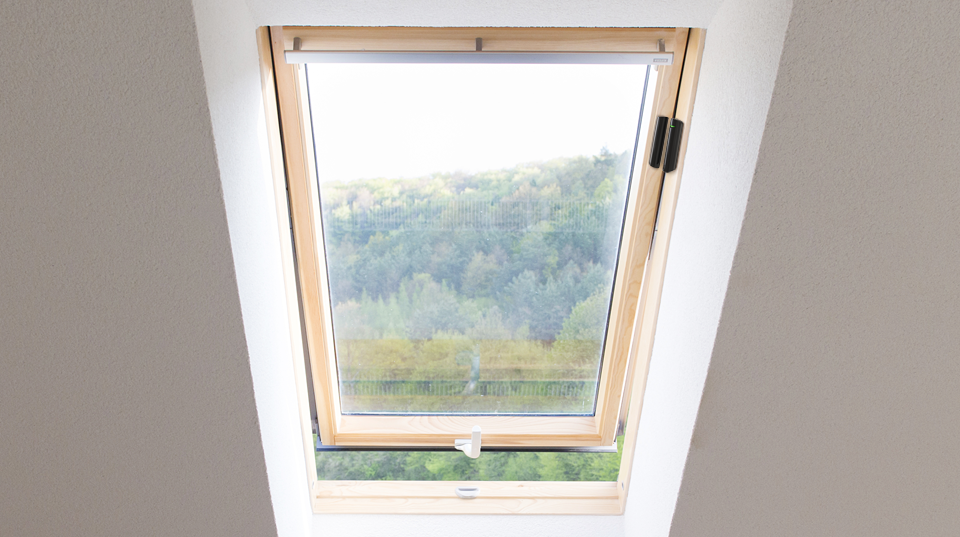What is Window Sensor and How Does a Window Sensor Work?
June 04, 2020
Window sensors are must-haves for comprehensive home security systems—they can promptly notify you if someone attempts to access your home through a window.Here’s how these devices work: A switch and a magnet attached to a window frame and pane, and as long as the window stays closed, the magnet keeps the switch’s circuit intact. When the window is opened and the magnet is pulled away from the switch, the circuit opens, which sends a signal to the control panel to sound the alarm
The Anatomy of a Window Sensor
There are wired and wireless window sensors available, although most homeowners opt for the wireless version to avoid the mess of cords. Most window sensors, like door sensors, are composed of magnets and reed switches.
Reed switches are commonly used in everyday household items. When you close a laptop and the screen goes dark, that’s usually the work of a reed switch. A window sensor works much the same way.
A reed switch with a small circuit inside sits on the frame of the window, while a magnet attaches to the pane, right next to the switch. When the magnet holds the switch’s metal contacts together—when the window is closed—electric current flows in a continuous loop.
When the two pieces separate—when the window opens—the electrical current stops flowing and the circuit deactivates. The sensor then signals the security control panel, triggering an alarm

Installing Window Sensors
Like their door sensor counterparts, window sensors take only a few minutes to install. You can use a strong adhesive to attach the sensor to the window. Place the main sensor on the window frame and attach the smaller piece to the window pane.
When the window is closed, the two pieces should be parallel with only a small space between them. If they aren’t placed evenly enough, they won’t maintain a circuit. When your window is pulled open, the two pieces will separate, and the sensor will alert the control panel. For more comprehensive protection, you should have a sensor placed on every window in your home.
With some systems, you can customize how and when your window sensors release an alarm. You may want to receive an alert only if a window opens when your alarm is armed. Or, you may want to hear a notification bell any time a window opens, regardless of whether the main alarm is set.
Like any device, window sensors require some maintenance. If you don’t use a strong enough adhesive, you may have to reapply the sensor if it falls off. The sensor may also eventually run out of batteries. If a window sensor sets off a false alarm or malfunctions, notify your home security company to replace it.










 Cart (9)
Cart (9)